How can I generate HTML containing images and text, using a template and css, in python?
There are few similar questions on stackoverflow (e.g.: Q1, Q2, Q3) but they offer solutions that (to me) seem overkill, like requiring servers (e.g. genshi).
Simple code using django would be as follows:
from django.template import Template, Context
from django.conf import settings
settings.configure() # We have to do this to use django templates standalone - see
# https://stackoverflow.com/questions/98135/how-do-i-use-django-templates-without-the-rest-of-django
# Our template. Could just as easily be stored in a separate file
template = """
<html>
<head>
<title>Template {{ title }}</title>
</head>
<body>
Body with {{ mystring }}.
</body>
</html>
"""
t = Template(template)
c = Context({"title": "title from code",
"mystring":"string from code"})
print t.render(c)
(From here: Generating HTML documents in python)
This code produces an error, supposedly because I need to set up a backend:
Traceback (most recent call last):
File "<input>", line 17, in <module>
File "/Library/Frameworks/Python.framework/Versions/3.5/lib/python3.5/site-packages/django/template/base.py", line 184, in __init__
engine = Engine.get_default()
File "/Library/Frameworks/Python.framework/Versions/3.5/lib/python3.5/site-packages/django/template/engine.py", line 81, in get_default
"No DjangoTemplates backend is configured.")
django.core.exceptions.ImproperlyConfigured: No DjangoTemplates backend is configured.
Is there a simple way to have a template.html and style.css and a bunch of images, and use data in a python script to replace placeholders in the template.html without having to set up a server?
